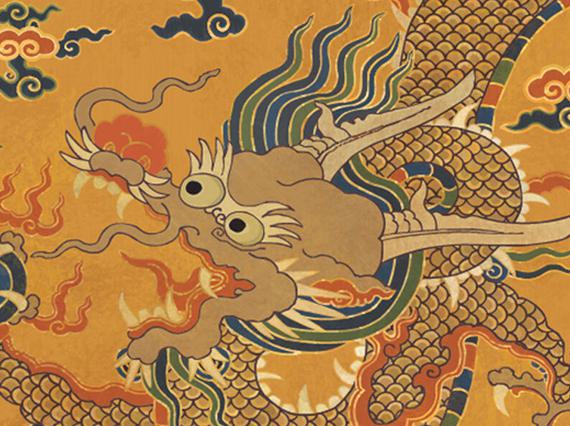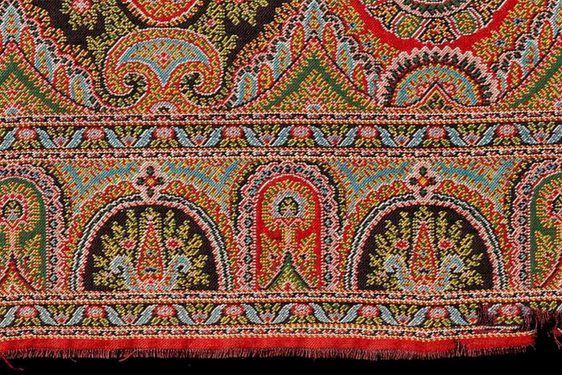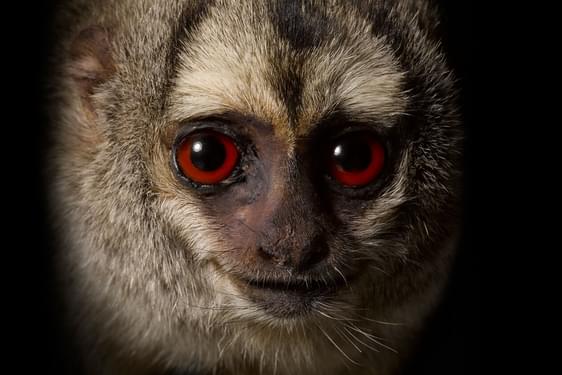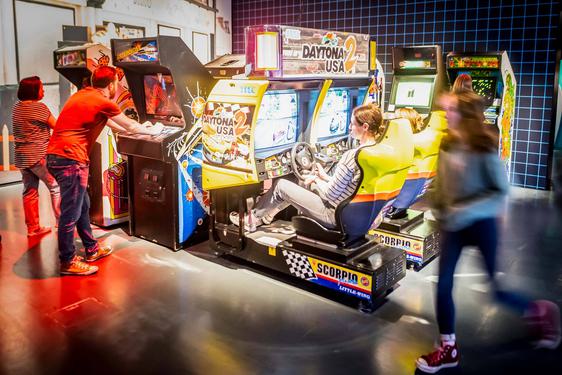
About Ming: The Golden Empire
Meaning brilliant or bright, the Ming era represents the starting point of modern China.
A collection of original artefacts from the Nanjing Museum, including Chinese National Treasures, introduced key aspects of the Ming dynasty, focussing on the remarkable cultural, technological and economic achievements of the period. This was the only UK showing of this internationally significant exhibition.
Exquisite luxury items and rare objects reveal the wealth and opulence of the Ming imperial court. These include the iconic blue and white porcelain with which the Ming period is synonymous, as well as sumptuous silk textiles, gold and jades, and rare examples of elaborately enamelled cloisonné.
A richly coloured painting from the early Ming illustrates the symbolic grandeur and geometrical order of Beijing’s newly-built Forbidden City. It was to be the imperial seat for emperors and their households for the following five centuries, and was the world’s largest palace complex.
Artworks by leading painters reveal the preoccupations of Ming society’s cultural elite, from courtesans to dreams of escape from official life. A collection of life-size portraits show the faces of the Ming’s educated elite – men who were at the very top of the late Ming social order.
The Ming was also a period of social transformation, resulting in a thriving consumer culture. Many forms of visual art and handicraft flourished. Beautiful furniture, musical instruments, Buddhist artefacts and items of personal adornment bring to life the elegant tastes and concerns of this gilded age. Investigating the prosperous Ming economy and its effects on social order and cultural systems during the 16th and 17th centuries, the exhibition also reflects on the legacy the Ming has left Chinese culture.
This exhibition was produced by Nomad Exhibitions in association with Nanjing Museum.
Sponsored by
You might also like
- Discover

Stories about the South Asian origins of Paisley pattern
Written by Members of the Networking Key Services groupPaisley design: our humble butaThe Paisley design - one of the most famous textile patterns of Scotland - is for us the humble buta, ambi, or kalga, the most celebrated motif known to Indian weavers. We grew up with the design adorning our…Keep reading - Exhibition

Monkeys: Our Primate Family
–Monkeys: Our Primate Family is one of the most comprehensive exhibitions on primates ever staged, featuring over 50 rare primate specimens.National Museum of Scotland
More info - Exhibition

Game On
–Conceived and curated by Barbican Immersive, Game On examined the history and culture of video games.National Museum of Scotland
More info
